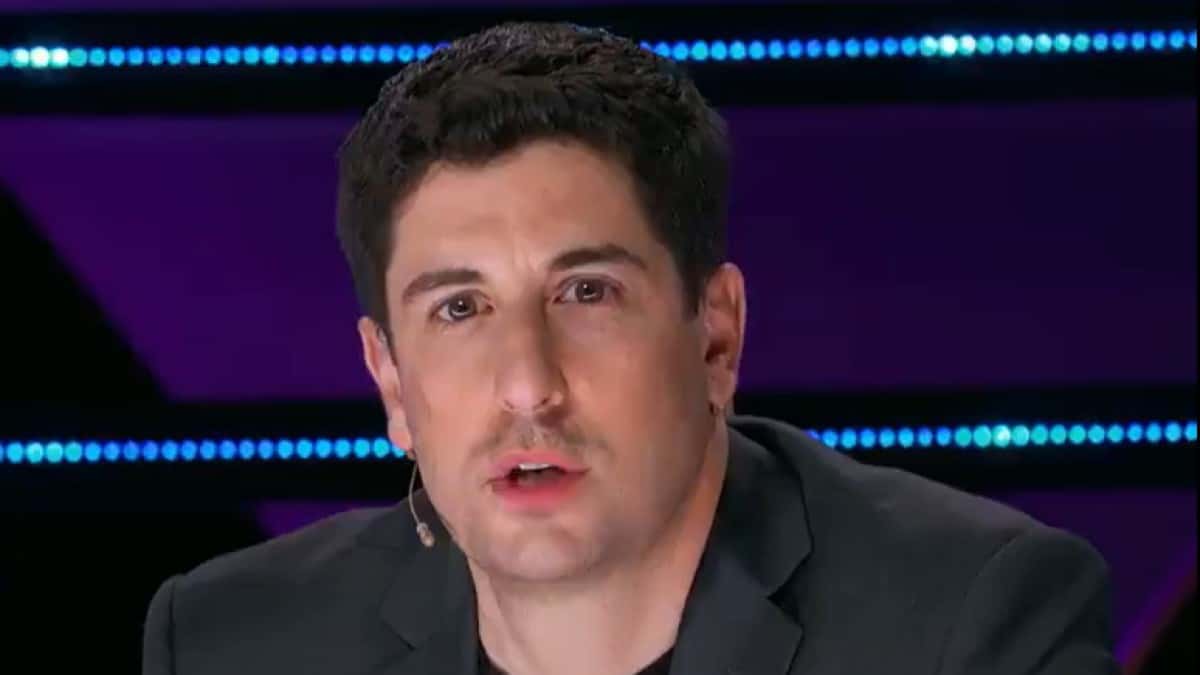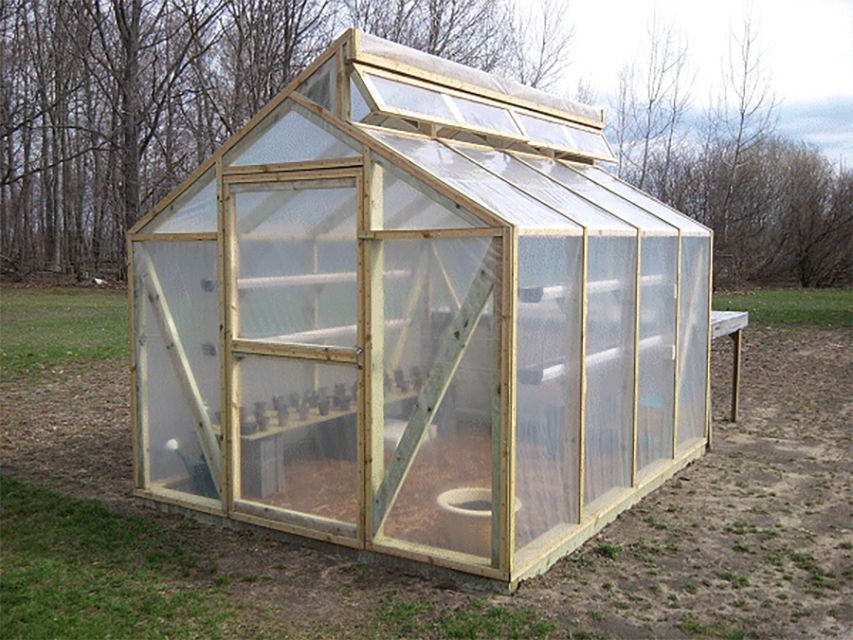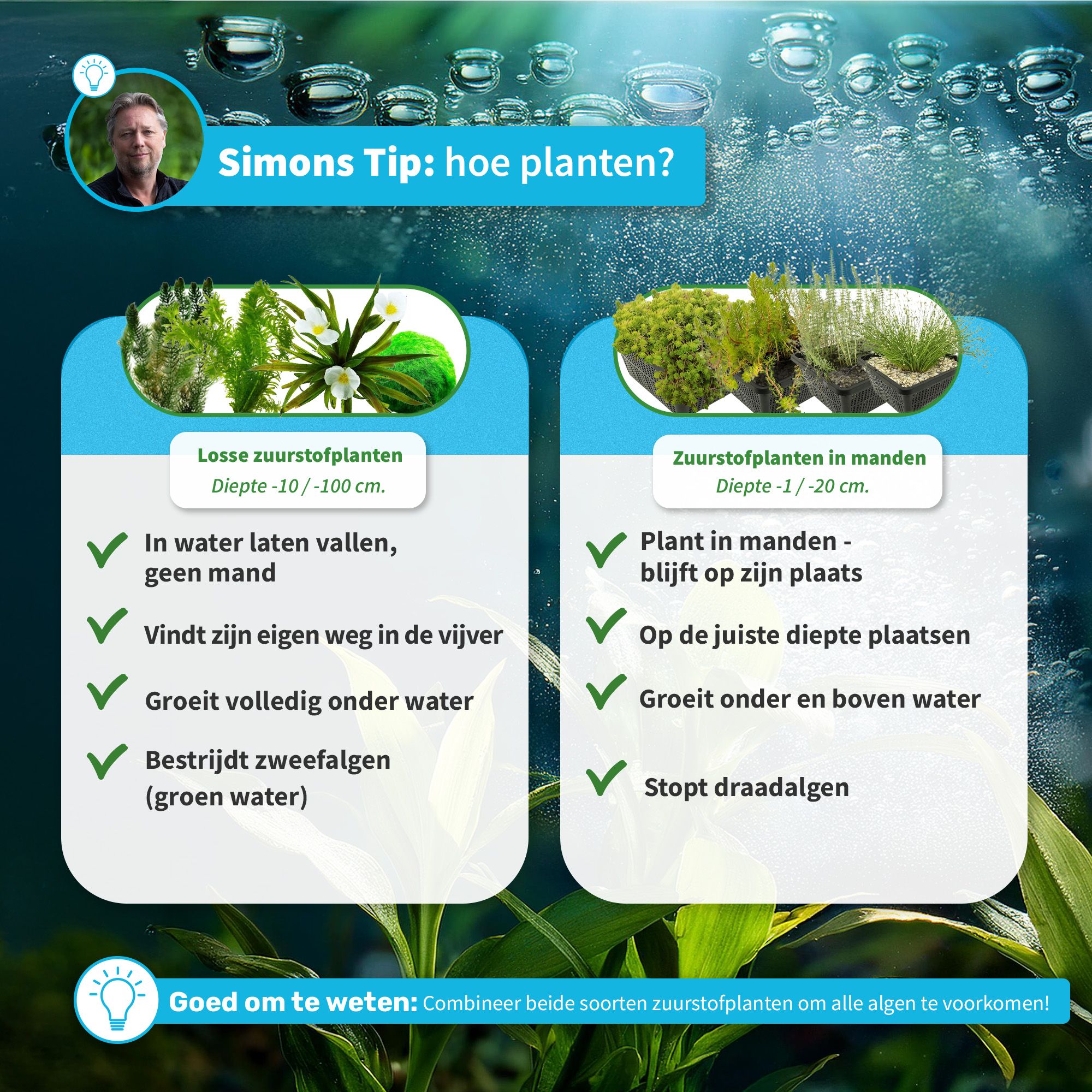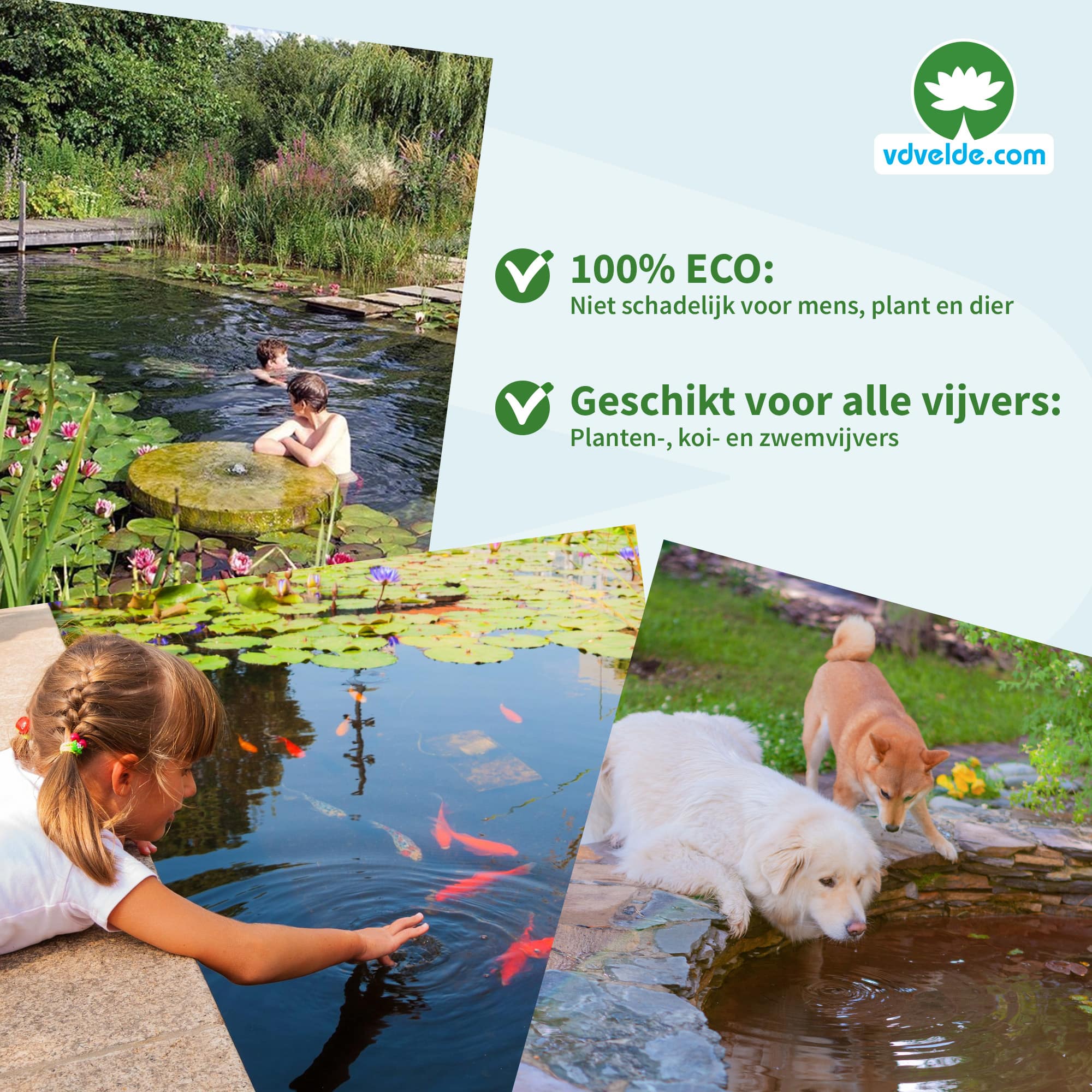DIY Flower Food: Proven Methods to Keep Your Blooms Fresh Longer
Introduction: Why Make Your Own Flower Food?
Fresh cut flowers add color and beauty to any space, but without proper care, their vibrancy quickly fades. Store-bought flower food packets can be convenient, but making your own is not only simple and cost-effective-it lets you control the ingredients and optimize freshness. Homemade flower food supports flowers’ nutrient needs, maintains water quality, and combats bacteria, helping your bouquets last longer. This guide covers step-by-step DIY recipes, explains the science behind each ingredient, and offers practical tips for keeping flowers fresh based on the latest expert insights. [1] [2]
What Is Flower Food and Why Is It Important?
Flower food is a specially formulated solution added to cut flower arrangements to prolong their freshness. It typically contains three key components:
- Sugar : Provides energy for flower metabolism and growth.
- Acid (lemon juice or vinegar) : Maintains the water’s pH, discouraging bacterial growth.
- Antibacterial agent (bleach or vinegar) : Prevents harmful bacteria from building up in the vase water.
The combination of these ingredients helps flowers absorb water efficiently, stay hydrated, and resist wilting. Studies show that proper flower food can keep blooms fresh for several days longer than plain water. [2]
Homemade Flower Food Recipes: Ingredients and Preparation
Below are tested DIY flower food recipes using common kitchen items. Each formula is backed by real-world results and expert recommendations. [1] [4]
Classic Flower Food Recipe
Ingredients:
- 1 quart warm water
-
2 tablespoons lemon juice
(or white vinegar)
- 2 tablespoons granulated sugar
-
½ teaspoon chlorine bleach
(or apple cider vinegar as a gentler alternative)
Instructions:
- Mix the lemon juice (or vinegar), sugar, and bleach (or apple cider vinegar) into warm water. Stir thoroughly until the sugar dissolves.
- Trim flower stems at an angle under running water to maximize uptake. Remove any leaves below the waterline to reduce bacteria.
- Place your flowers in the vase with the prepared solution, keeping the arrangement away from direct sunlight and heat.
This recipe is widely recommended for its balance of nutrients, acidity, and antibacterial properties. When used correctly, it can extend the life of cut flowers by several days compared to water alone. [1]
Vinegar & Sugar Flower Food (Bleach-Free Option)
Ingredients:
- 2 tablespoons white vinegar
- 2 tablespoons sugar
- 1 quart warm water
Instructions:
- Clean the vase thoroughly with warm, soapy water and rinse well.
- Combine warm water, vinegar, and sugar in a measuring cup. Stir until the sugar is dissolved.
- Pour the mixture into your vase and add trimmed flowers.
This bleach-free solution is especially suitable for homes with children or pets. Vinegar lowers the water’s pH, making it less hospitable to bacteria, while sugar feeds the blooms. [2]
Equal Parts Sugar & Vinegar Recipe
For a quick and simple alternative, use equal parts sugar and vinegar in warm water. This method is popular on social media for its simplicity and effectiveness. Mix, stir, and use as you would with other recipes. [3]
The Science Behind the Ingredients
Sugar is essential for cut flowers because it replaces the energy source they lose once separated from the plant. This allows flowers to continue metabolic processes such as growth and opening of buds. [2]

Source: semprebem.paguemenos.com.br
Acid , from lemon juice or vinegar, adjusts the pH of the vase water. Most flowers thrive in slightly acidic water, which improves water uptake and limits microbial growth. [1]
Bleach (in very small amounts) or vinegar acts as an antibacterial agent, keeping the water clear and odor-free. Always use bleach sparingly and never mix it with ammonia or other cleaning agents. [4]
Practical Application: Step-by-Step Flower Care
- Clean Your Vase: Wash with hot, soapy water and rinse thoroughly to remove remnants of previous arrangements.
- Mix Your Solution: Follow one of the recipes above, using precise measurements for safety and effectiveness.
- Prepare the Flowers: Cut stems at a 45-degree angle under running water to prevent air bubbles and increase water absorption. Remove lower leaves to limit decay.
- Arrange Carefully: Place flowers in the solution, ensuring stems are submerged but not crowded.
- Maintain Regularly: Change the water and repeat the flower food mixture every 2-3 days for best results. Re-trim stems as needed.
Real-world users report that regular use of homemade flower food, combined with careful stem trimming and clean vases, can double the lifespan of most bouquets. [1]

Source: babelteam.com
Potential Challenges and Solutions
While homemade flower food is effective for most flowers, some species may have specific requirements or sensitivities. For example, delicate blooms like orchids or bulb flowers may require altered acidity levels or specialized nutrients. If you notice rapid wilting or discoloration, consider adjusting the sugar or acid content, or consult species-specific care guides from reputable gardening organizations. Always avoid overuse of bleach and ensure precise measurements to prevent damaging the flowers. [4]
Alternative Approaches and Customization
If you prefer not to use bleach, apple cider vinegar is a gentle antibacterial substitute. For those looking for all-natural solutions, simply using vinegar and sugar is a proven method, though results may vary depending on your water quality and flower type. [2]
Some enthusiasts add a pinch of citric acid or use lime juice instead of lemon for certain flowers. Experiment with small batches to find the optimal balance for your favorite blooms.
How to Access Supplies and Further Guidance
All ingredients for flower food recipes are readily available at grocery stores or online retailers. For specialized flower arrangement tools, vases, or more advanced care guides, consider visiting established home and garden suppliers or your local florist. If you need expert advice for specific flower species, search for official guides from horticultural societies or botanical gardens. For ongoing inspiration, search social media using terms like “DIY flower food,” “flower care tips,” or “homemade floral preservative.” Review recent posts from reputable gardening blogs for the latest techniques and community-tested recipes. [1] [2]
Summary and Key Takeaways
Homemade flower food is an affordable, effective way to prolong the life of your cut flowers. By using simple ingredients-sugar, acid, and a gentle antibacterial agent-you can keep bouquets vibrant for days longer than with water alone. Always follow safety guidelines, customize recipes to your flower types, and maintain regular care for the best results. For further information, refer to verified gardening and floral care resources, and seek expert advice for species-specific needs.
References
MORE FROM hotondeals.com













